Amimon Connex ProSight HD, la preview !Amimon Connex ProSight HD, the Preview!
Latency
Taking a measurement of latency is complicated because of all the different video elements that may add some latency in the picture. That being said, the first measurement does give a good idea of the Connex ProSight HD’s performance. We filmed the video on both an iPhone stopwatch and a computer monitor. The monitor was connected to the Connex system via HDMI cable and thus we were dependent on that cable, the receiver, and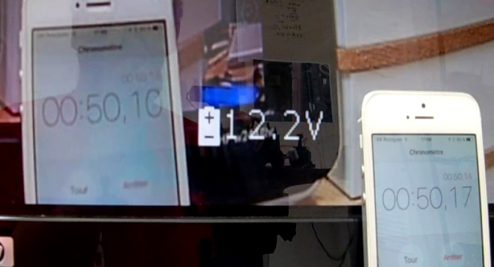 the electronic screen. That can add latency into the system, but the results were pleasantly surprising. The end result was latency between 30 and 90 milliseconds. That’s perfect for flight. You can check out the summary in the video posted to the HelicoMicro YouTube channel and pause it to check the values of the latency.
the electronic screen. That can add latency into the system, but the results were pleasantly surprising. The end result was latency between 30 and 90 milliseconds. That’s perfect for flight. You can check out the summary in the video posted to the HelicoMicro YouTube channel and pause it to check the values of the latency.
In Flight!
The most likely configuration in practice is to use the Connex ProSight HD receiver with an HDMI output for direct connection to a set of HDMI compatible goggles. On the ground, the latency is « virtually » zero, which is very encouraging. Once in the air, the latency appears to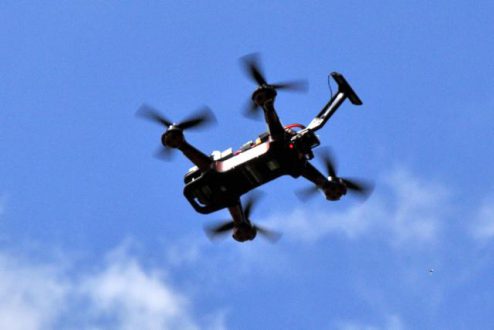 increase a little, changing with distance. It wasn’t possible for us to measure it at the time so unfortunately we relied on our own judgement. The device does work fully, even when flying fast. The video itself is very clean and has lots of contrast. The colors are generally respective to the real thing, but they sometimes tend to be a little too yellow. The camera is definitely fast enough to handle differences in brightness. The feeling though is quite strange: it was a bit like floating! I got used to it pretty quickly, but the impressions was confusing. Is it because of the increase in latency? Unlikely. What is more likely is that the origin of this feeling is from a combination of small defects.
increase a little, changing with distance. It wasn’t possible for us to measure it at the time so unfortunately we relied on our own judgement. The device does work fully, even when flying fast. The video itself is very clean and has lots of contrast. The colors are generally respective to the real thing, but they sometimes tend to be a little too yellow. The camera is definitely fast enough to handle differences in brightness. The feeling though is quite strange: it was a bit like floating! I got used to it pretty quickly, but the impressions was confusing. Is it because of the increase in latency? Unlikely. What is more likely is that the origin of this feeling is from a combination of small defects.
The Number of Images Per Second
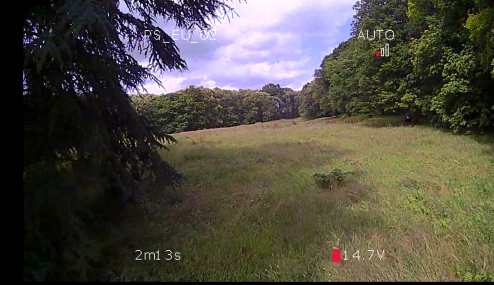 Our tools didn’t allow us to measure measure the actual FPS the Connex system was sending. The HDMI DVR provides a constant stream of 60 FPS (regardless of video source), so what you’re seeing in the video is likely at a different FPS than what is actually being sent from the system. Again, we give you our impressions. Our tests at the FPV Air Show 2016 were disappointing, as the number of FPS was too small for our flights to actually be enjoyable. It was equivalent to that of using a Mobius camera for FPV with the USB connector (which is terrible). Since then though, Amimon has obviously refined their product because now you can fly without any concern, including at high speeds with added acrobatics. Looking at it in panoramic (360°), we see that the image is not completely smooth. This is of course an empirical judgment, but it does seem that the number FPS is more than 25 FPS, while well below 60 FPS. This could contribute to the floating sensation as well.
Our tools didn’t allow us to measure measure the actual FPS the Connex system was sending. The HDMI DVR provides a constant stream of 60 FPS (regardless of video source), so what you’re seeing in the video is likely at a different FPS than what is actually being sent from the system. Again, we give you our impressions. Our tests at the FPV Air Show 2016 were disappointing, as the number of FPS was too small for our flights to actually be enjoyable. It was equivalent to that of using a Mobius camera for FPV with the USB connector (which is terrible). Since then though, Amimon has obviously refined their product because now you can fly without any concern, including at high speeds with added acrobatics. Looking at it in panoramic (360°), we see that the image is not completely smooth. This is of course an empirical judgment, but it does seem that the number FPS is more than 25 FPS, while well below 60 FPS. This could contribute to the floating sensation as well.
The Scope
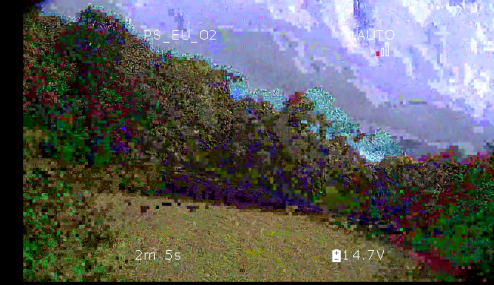
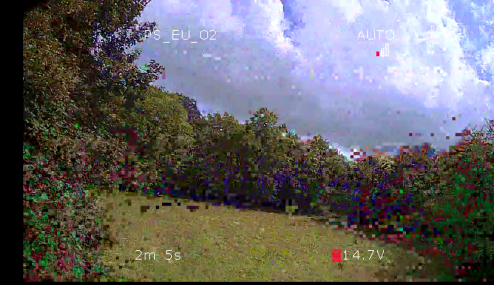 Our first test was done indoors. The video penetrated through 4 walls without a problem but the image did degrade abruptly after adding another wall. The actual flight test is more interesting though. Our flight took us to 100 meters in distance with LoS view of the Vortex. There wasn’t even a single glitch. The mosaic effect didn’t appear until we were about 100 meters out behind a thick grove of trees that was 50 meters thick itself. A 25 mW transmitter with an analog signal is completely dead at that point. Amimon managed to avoid the « freezing » of it’s picture feed which is great! The mosaic effect disturbs the scenery quite a bit, but it’s still manageable. You can watch the video to see this result as well.
Our first test was done indoors. The video penetrated through 4 walls without a problem but the image did degrade abruptly after adding another wall. The actual flight test is more interesting though. Our flight took us to 100 meters in distance with LoS view of the Vortex. There wasn’t even a single glitch. The mosaic effect didn’t appear until we were about 100 meters out behind a thick grove of trees that was 50 meters thick itself. A 25 mW transmitter with an analog signal is completely dead at that point. Amimon managed to avoid the « freezing » of it’s picture feed which is great! The mosaic effect disturbs the scenery quite a bit, but it’s still manageable. You can watch the video to see this result as well.
Our First Conclusions?
There is definitely a « wow » effect with this system! The picture is clear and precise, miles away from what we are used to with analog transmitters. The one thing that bugged us though was the strange floating effect, but it did progressively fade with the increase in flights. The latency is not a problem and neither is the number of frames per second, even if it is less than an analog solution. The range is satisfactory, even when faced with obstacles.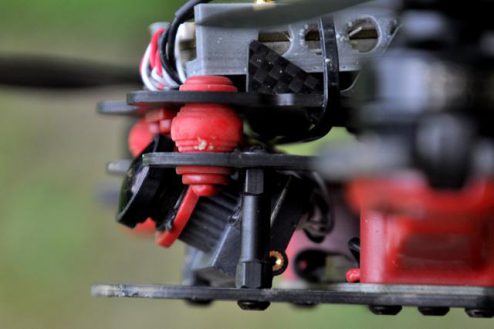 It’s a lot better than a 25 mW transmitter, and even better than 200mW. By placing the receiver higher, rather than closer to the ground, the image comes out less blurry. Since we didn’t get to do simultaneous testing, we can’t say anything more on the flight aspect. This advanced prototype though was a great surprise, and very promising. For right now we’re going to set aside the expensive price of the system. We will take it into account when we do the final test of the finished product – there will be more things tested.
It’s a lot better than a 25 mW transmitter, and even better than 200mW. By placing the receiver higher, rather than closer to the ground, the image comes out less blurry. Since we didn’t get to do simultaneous testing, we can’t say anything more on the flight aspect. This advanced prototype though was a great surprise, and very promising. For right now we’re going to set aside the expensive price of the system. We will take it into account when we do the final test of the finished product – there will be more things tested.
The Video
Pictures
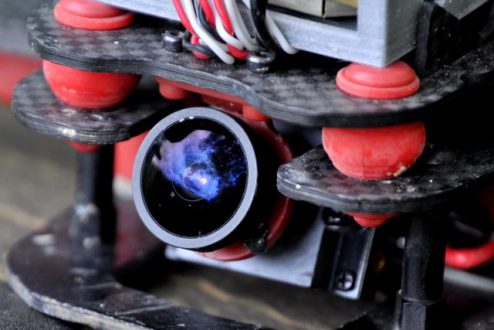
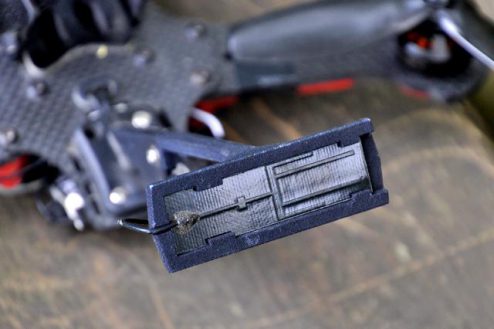
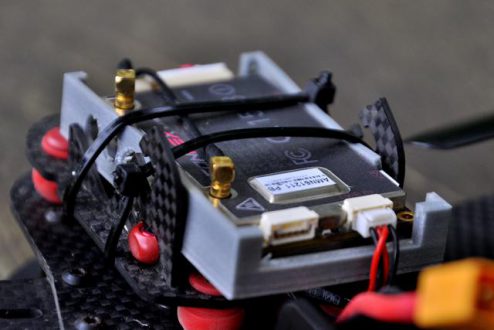
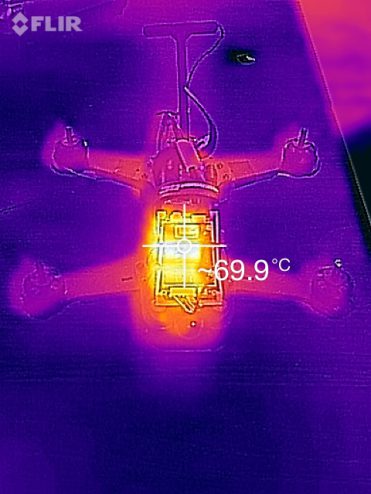
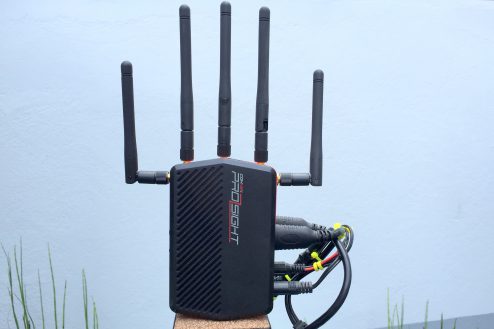
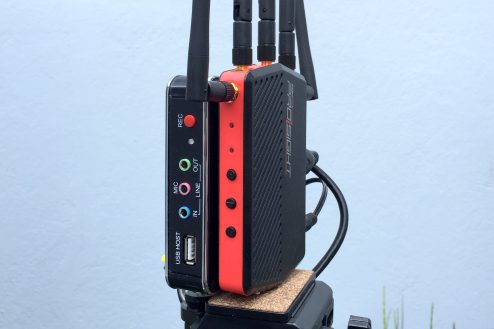

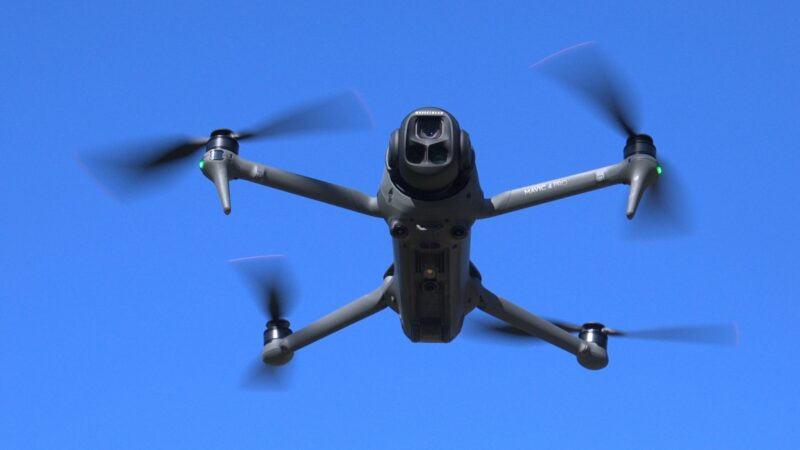
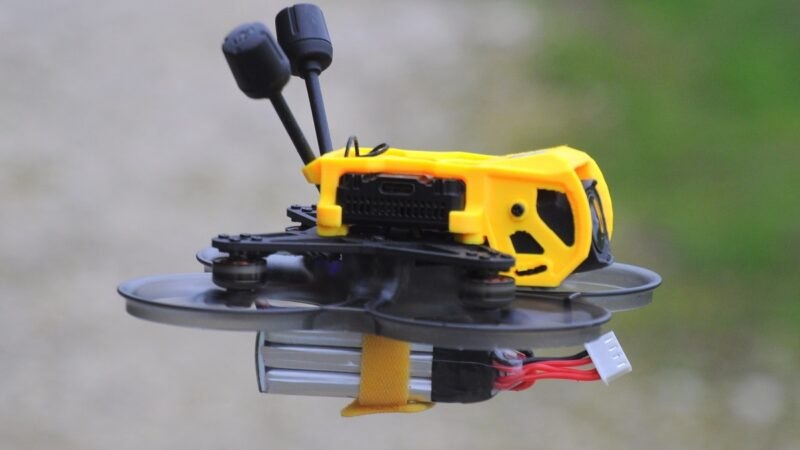

« nous attentions » 😉
Sympa … Et en 3D pour quand 🙂
Super cool !! Mais je pense que la carte bancaire va moins aimer ;). A quand la version banggood à -50% ?
salut super sympa mais il y a un argument qui me freine pour l achat du produit son prix trop élevé, je préfère attend que cela se généralise un peu
Très intéressant mais reste trop chère pour l’instant. A voir quand ça se développera.
Par contre le 720p est considéré comme de la HD (pas de la « fausse HD ») et le 1080p de la full HD.
@ lalalala : Thxxxx 😉
Ca a l’air prometteur qd même. Les 2 bémols c’est
1/ l’encombrement et le poids, il faut qd même une bestiole charnue pour intégré ça. ca rentrerais ds mon badbird (qui pèse déjà un âne pas frais), mais pas ds mon 210 tout fluet
2/ l’antenne, j’ai bien compris que c’était pas définitif, il m’a semblait aussi qu’au planet une version avec 2 cloverleaf (le vortex jaune je crois) était présenté, mais elle va prendre cher. Sur la photo on voit le câble relier à la partie verticale, une branchounette et ça saute.
Mais c’est franchement le futur, encore un peu de miniaturisation et de production de mass et d’autre intervenant, et ça deviendra une norme!
Un labo de recherche expérimentale au CNRS (Grenoble) nous a sollicité pour échanger sur le FPV Racing et on est allé à leur rencontre. Ils doivent recevoir très bientôt 2 pack Connex (les nouveaux) à monter sur 2 racer 250. On devraient pouvoir tester le matos avec eux d’ici la rentrée et on fera surement un retour d’experience « pilote » sur notre FB GreSquad.
Pour les geek il y a le projet de befinitiv qui a un système fonctionnel équivalent à monter sois même à base de raspberrypi et de clefs usb wifi. Je serais pas surpris que le prosight soit basé sur le travail (opensource) de befinitiv…
C’est moi ou c’est un peu flou ? Le focus de la cam a été fait ? Est-ce possible de faire mieux ?
@Greg : Je n’ai pas eu d’impression de flou. De compression sur certaines zones quand ça va vite, oui.
@Chris vous être nombreux sur gré ? Moi je voulais avec Nico Grunbaum et grâce a m cnc on a fait un pauet de châssis…
Je viens de vous liker sur FB pour rentrer en contact
De toute façon, avec la disparition annoncée du 5.8Ghz, c’est clairement ce genre de solution qui s’imposera.